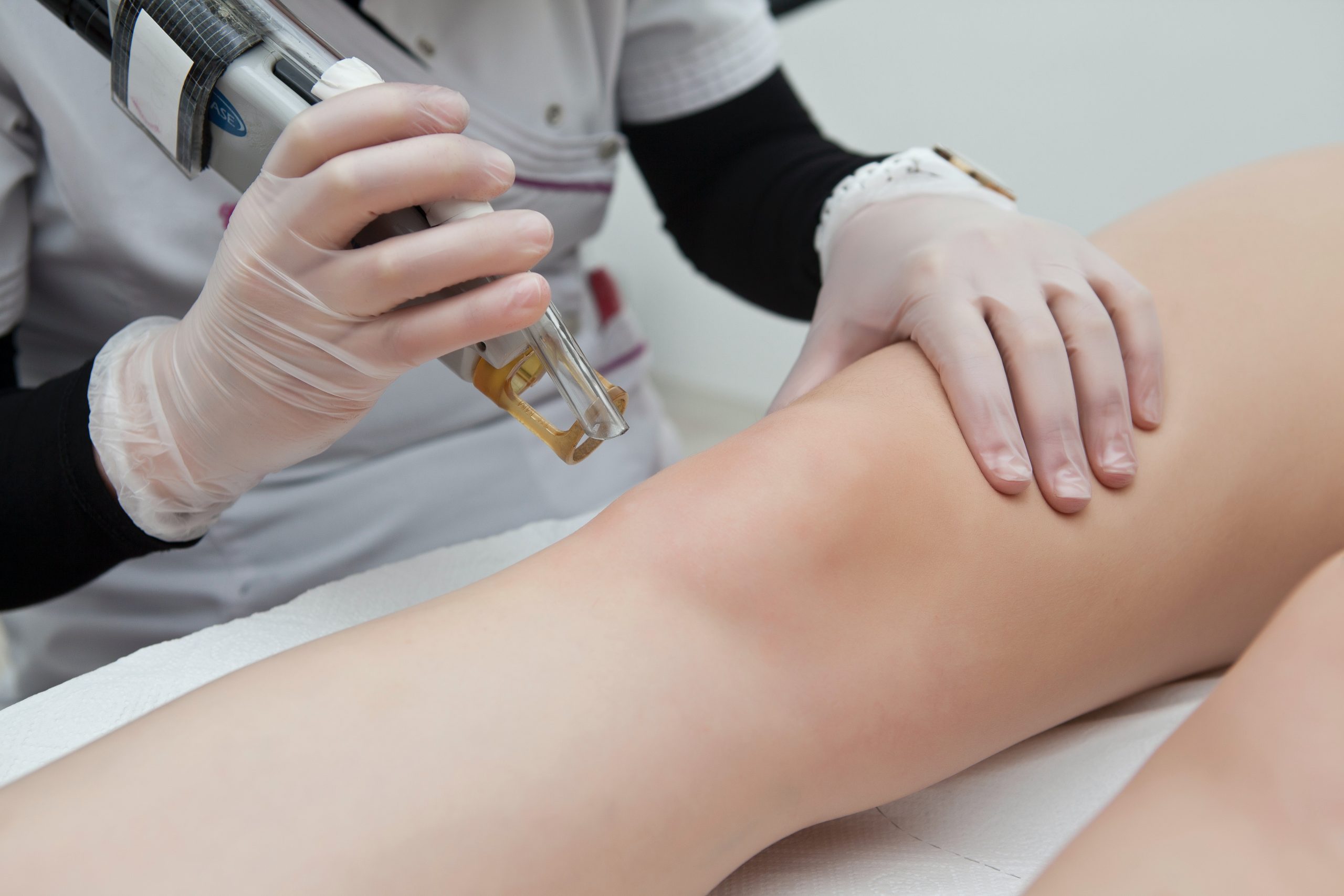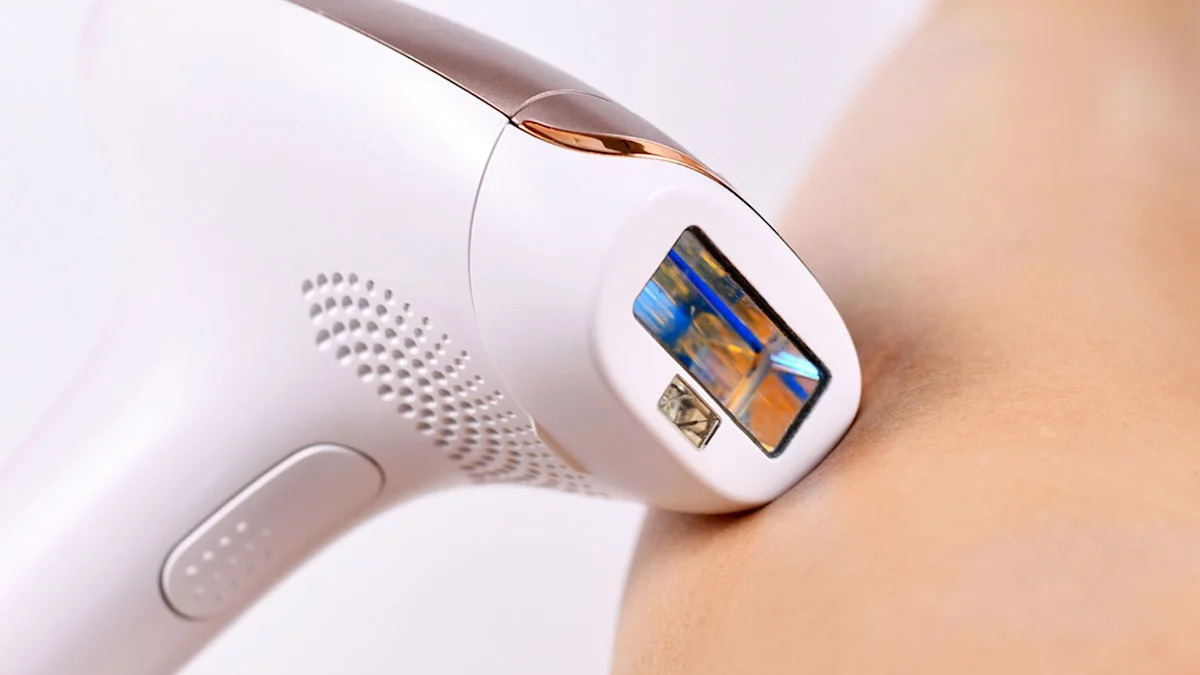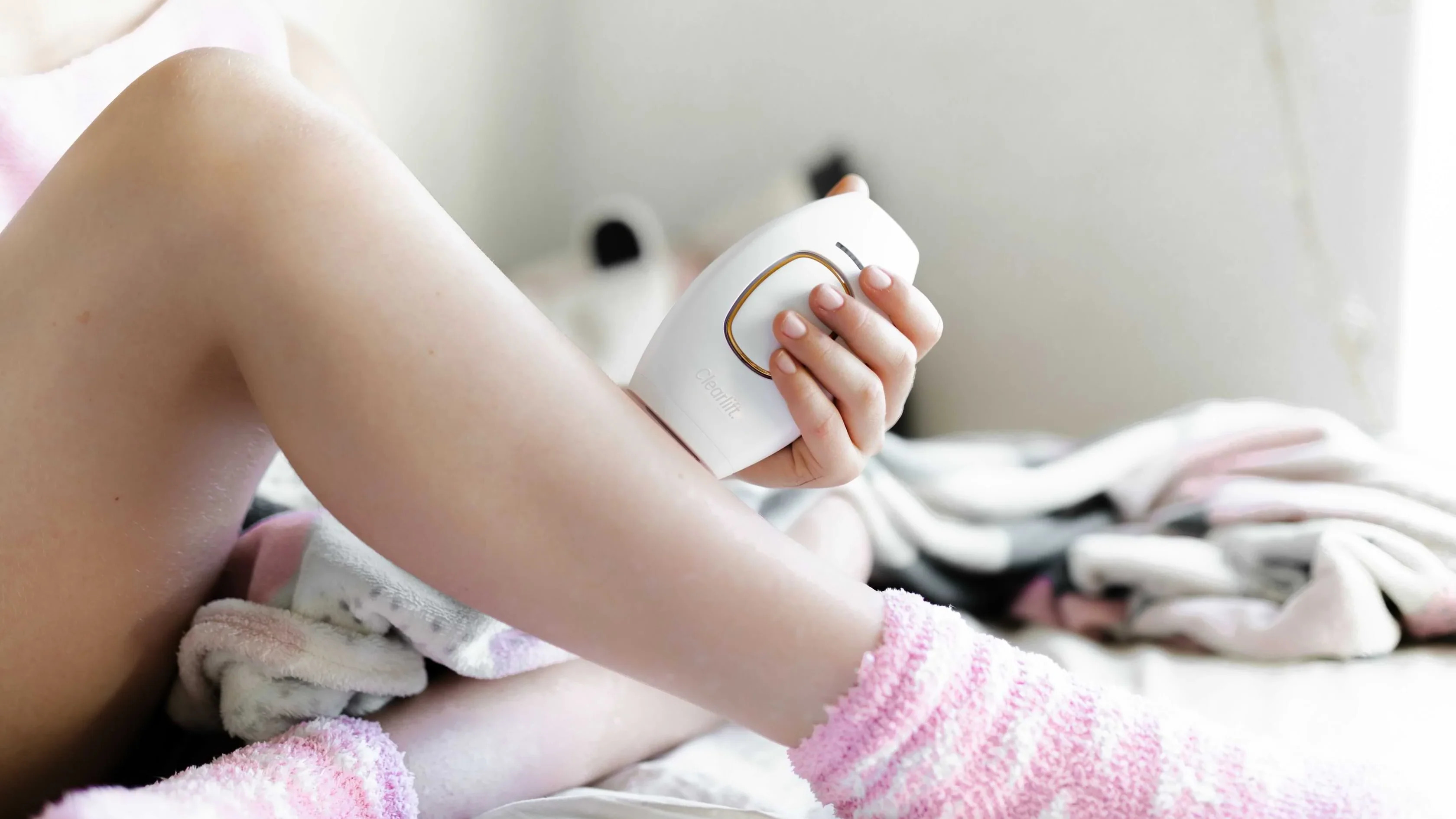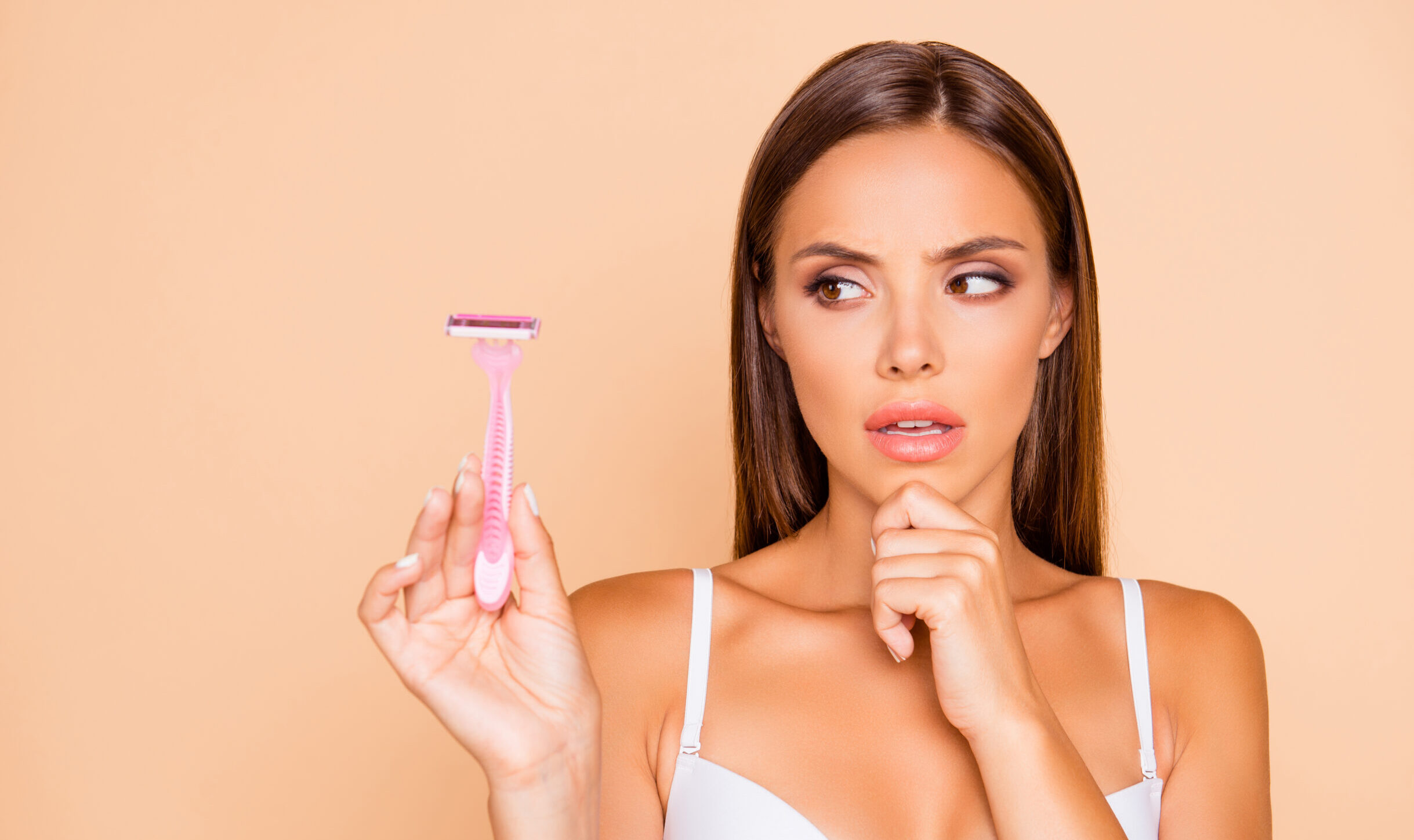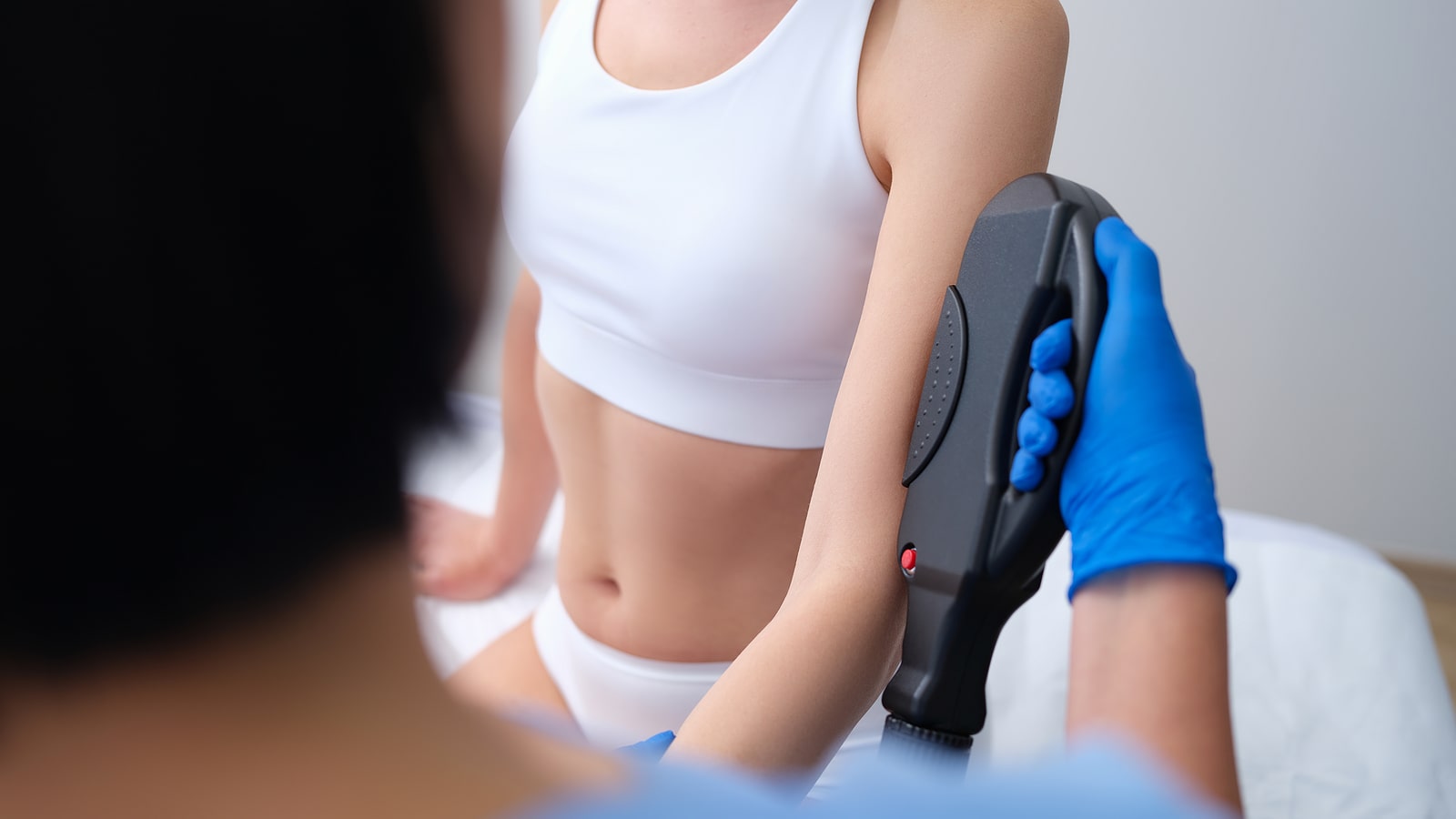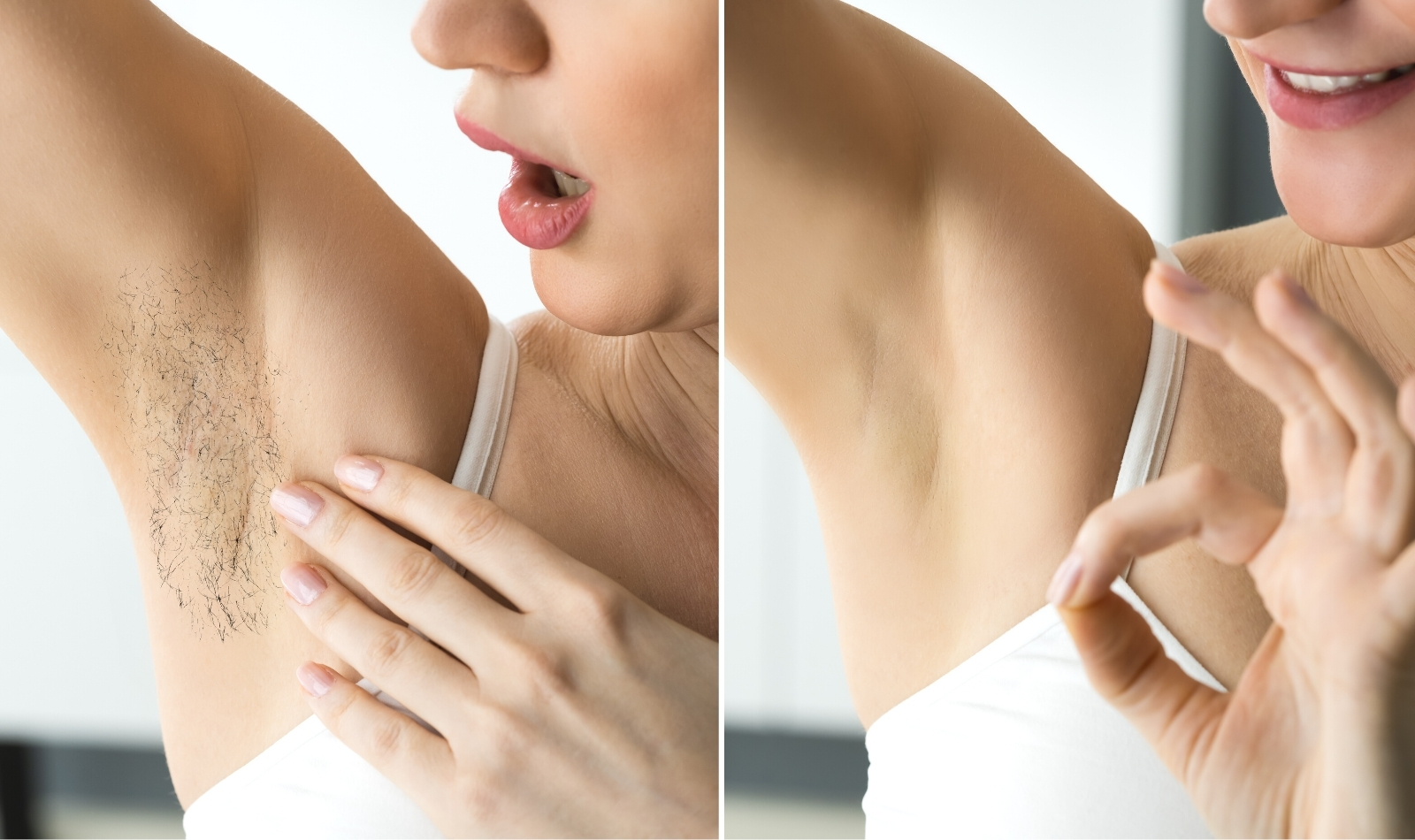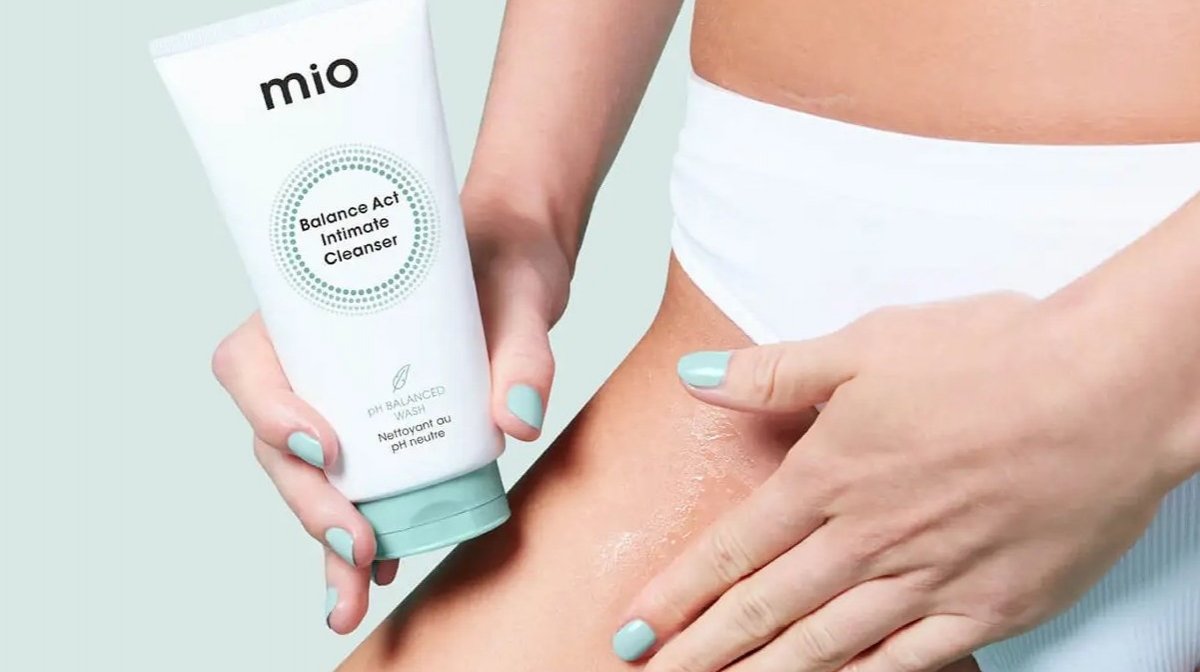Home>FAQs>When Can I Start Using Retinol After Laser Hair Removal
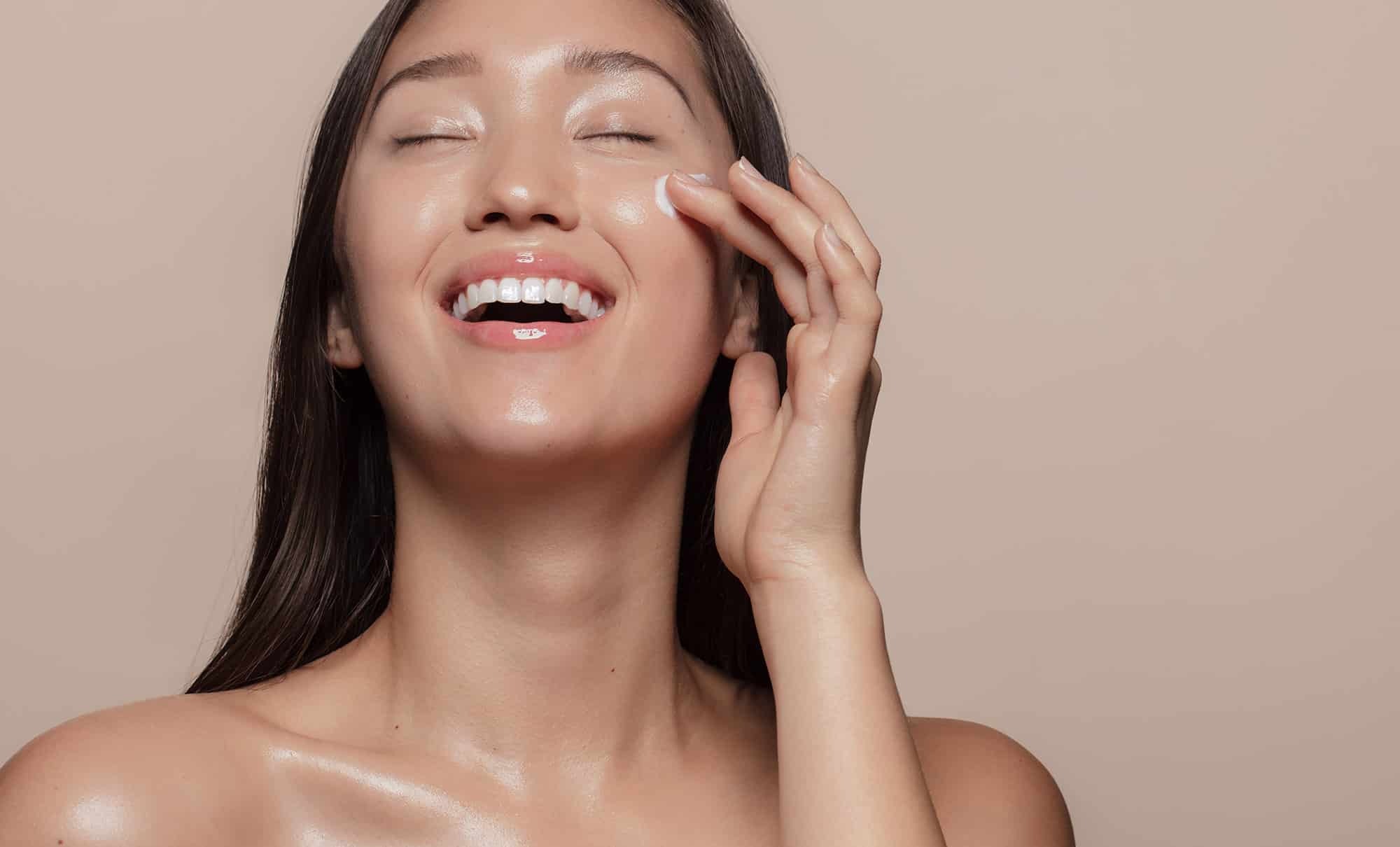

FAQs
When Can I Start Using Retinol After Laser Hair Removal
Modified: August 2, 2023
Discover the answer to your general questions about using retinol after laser hair removal. Learn when it's safe and effective to incorporate retinol into your skincare routine for optimal results.
(Many of the links in this article redirect to a specific reviewed product. Your purchase of these products through affiliate links helps to generate commission for Under-tec.com, at no extra cost. Learn more)
Table of Contents
Introduction
Laser hair removal is a popular and effective method for getting rid of unwanted body hair. The procedure works by using laser technology to target and destroy hair follicles, resulting in long-term reduction in hair growth. While laser hair removal can significantly reduce the need for other hair removal methods, such as shaving or waxing, it’s important to follow proper aftercare to ensure optimal results and reduce the risk of complications.
One common question that arises after laser hair removal is when it’s safe to start using retinol. Retinol, a derivative of vitamin A, is a powerful ingredient known for its anti-aging and skin-rejuvenating properties. Many people incorporate retinol into their skincare routine to address concerns such as wrinkles, fine lines, and uneven skin tone. However, using retinol too soon after laser hair removal can cause irritation and potentially hinder the healing process.
In this article, we will explore the ideal timing for incorporating retinol into your skincare routine after laser hair removal. We’ll also discuss the importance of aftercare in laser hair removal and provide guidelines for a successful transition to incorporating retinol into your post-laser hair removal skincare regimen.
Understanding Retinol
Retinol is a form of vitamin A that is commonly used in skincare products due to its numerous benefits for the skin. It is a powerful ingredient that can help improve skin texture, reduce fine lines and wrinkles, and promote a more youthful appearance. Retinol works by increasing cell turnover, stimulating collagen production, and reducing the production of melanin, which can help even out skin tone and fade dark spots.
When applied topically, retinol is converted into retinoic acid, which binds to specific receptors in the skin. These receptors then initiate various cellular processes that lead to the aforementioned benefits. Retinol is available in different strengths and formulations, ranging from over-the-counter products to prescription-strength creams or gels.
However, it’s important to note that retinol can be quite potent and may cause skin irritation, redness, and dryness, especially when first starting to use it. It’s recommended to introduce retinol gradually into your skincare routine to allow your skin to adjust to it. This is particularly important when considering the use of retinol after laser hair removal, as your skin may already be sensitive and in the process of healing.
Before incorporating retinol into your routine, it’s advisable to consult with a dermatologist or skincare professional, who can assess your skin type and determine the appropriate strength and frequency of retinol use for your specific needs. They can also provide guidance on how to minimize potential side effects and maximize the benefits of retinol for your skin.
The Importance of Aftercare in Laser Hair Removal
Proper aftercare is crucial after undergoing laser hair removal to ensure the best possible results and minimize any potential risks or complications. After the treatment, your skin may be sensitive and vulnerable, so it’s essential to follow the recommendations provided by your laser hair removal specialist. These aftercare instructions may vary depending on the specific laser used, the area treated, and your skin type. Here are some general guidelines to keep in mind:
- Avoid direct sun exposure: UV rays can damage your skin and increase the risk of pigmentation changes and sunburn. It’s important to protect the treated area from the sun by wearing protective clothing, using sunscreen with a high SPF, and avoiding sun exposure for at least a couple of weeks after the procedure.
- Avoid heat sources: Your skin may be more sensitive after laser hair removal, so it’s best to avoid hot showers, saunas, steam rooms, and hot tubs for a few days. Heat can irritate the treated area and potentially lead to complications.
- Avoid aggressive exfoliation: While exfoliating can help remove dead skin cells and promote smoother skin, it’s best to avoid harsh scrubs or exfoliating brushes for a week or two after laser hair removal. Gentle exfoliation can be resumed once your skin has fully healed.
- Avoid using products that can irritate the skin: This includes products that contain fragrances, harsh chemicals, or alcohol. Stick to gentle and soothing skincare products to minimize the risk of irritation.
- Keep the treated area clean and moisturized: It’s important to keep the treated area clean to prevent infection. Use a mild cleanser and apply a moisturizer to keep your skin hydrated. Avoid picking at any scabs or blisters that may form.
Following these aftercare instructions will help ensure that your skin heals properly and reduce the likelihood of any complications. It’s also important to remember that everyone’s healing process may vary, so it’s essential to be patient and mindful of your skin’s needs during this time.
Waiting Period after Laser Hair Removal
After laser hair removal, it’s important to allow your skin enough time to heal before introducing retinol into your skincare routine. The waiting period will vary depending on the individual and the specific treatment area. Typically, it is recommended to wait at least one to two weeks before using retinol after laser hair removal. This waiting period allows the treated skin to recover and reduces the risk of irritation or adverse reactions.
Laser hair removal works by targeting the melanin in the hair follicles, which generates heat and destroys the follicles. This heat can leave the skin sensitive and inflamed immediately after the treatment. Applying retinol to freshly treated skin can further exacerbate these side effects and potentially lead to excessive dryness, redness, and irritation.
During the waiting period, it’s essential to focus on gentle skincare practices to support the healing process. This includes keeping the treated area clean, moisturized, and protected from the sun. It’s advisable to avoid any harsh or potentially irritating skincare products during this time, including retinol.
Once the waiting period has passed, you can gradually reintroduce retinol into your skincare routine. Start by using a low concentration of retinol and gradually increase the frequency of use as your skin adjusts. It’s always best to consult with a skincare professional to determine the appropriate strength and application guidelines for your specific needs.
It’s worth noting that the waiting period may differ for different areas of the body. Facial skin tends to be more sensitive and may require a longer waiting period compared to other body parts. It’s best to follow the advice of your laser hair removal specialist or dermatologist to ensure optimal results and minimize the risk of adverse reactions.
Benefits of Using Retinol after Laser Hair Removal
Using retinol after laser hair removal can provide several benefits for your skin. While it’s important to wait until your skin has healed before incorporating retinol into your skincare routine, once the waiting period is over, you can take advantage of its potential advantages. Here are some of the benefits of using retinol after laser hair removal:
- Improved skin texture: Retinol helps to increase cell turnover and stimulate collagen production, leading to smoother and more youthful-looking skin. It can help minimize the appearance of fine lines, wrinkles, and rough patches on the treated area.
- Reduced appearance of pigmentation: Laser hair removal can sometimes cause temporary pigment changes in the skin, such as hyperpigmentation or hypopigmentation. Retinol can help fade these dark spots and even out your skin tone over time.
- Prevention of ingrown hairs: Laser hair removal can significantly reduce the occurrence of ingrown hairs, but there may still be a possibility of a few stubborn ones. Retinol helps to prevent the formation of ingrown hairs by keeping the skin exfoliated and promoting proper hair growth.
- Enhanced overall complexion: By promoting cell turnover and stimulating collagen production, retinol can have an overall brightening effect on your complexion. It can help fade acne scars, improve skin radiance, and create a more youthful and healthy appearance.
While retinol can provide these benefits, it’s important to use it responsibly and follow the recommended application guidelines. Start by using retinol products with a lower concentration and gradually increase the frequency of use as your skin tolerates it. It’s also crucial to incorporate retinol into a well-rounded skincare routine that includes gentle cleansers, hydrating moisturizers, and sunscreen for optimal results.
It’s important to note that everyone’s skin responds differently to retinol, and some individuals may experience initial side effects such as dryness, redness, or peeling. If you experience any severe symptoms or irritation, it’s best to consult with a dermatologist, who can reassess your skincare routine and provide guidance on proper usage.
Potential Risks and Side Effects
While retinol can offer numerous benefits for the skin, it’s important to be aware of the potential risks and side effects, especially when considering its use after laser hair removal. Some common side effects of retinol include:
- Skin irritation: Retinol can cause redness, dryness, and flaking, especially when first starting to use it or if too high of a concentration is applied. This can be exacerbated if the skin is already sensitive from the laser hair removal treatment.
- Sensitivity to sunlight: Retinol can make your skin more sensitive to the sun’s rays, increasing the risk of sunburn and pigmentation changes. It’s crucial to wear sunscreen and protective clothing when using retinol and to avoid prolonged sun exposure.
- Skin purging: Some individuals may experience a “purging” period when using retinol, where existing impurities or blemishes come to the surface of the skin. This is a temporary response and should subside over time.
- Increased dryness: Retinol can disrupt the skin’s natural moisture barrier, leading to increased dryness. It’s important to moisturize regularly and use hydrating skincare products to counteract this effect.
Using retinol after laser hair removal can potentially increase the likelihood of experiencing these side effects, considering the skin may already be sensitive and in the process of healing. Therefore, it’s recommended to wait until your skin has fully recovered before incorporating retinol into your skincare routine.
To minimize the risk of side effects, it’s crucial to start with a low concentration of retinol and gradually increase usage as tolerated by your skin. It’s also advisable to consult with a skincare professional or dermatologist who can provide personalized advice based on your skin type and specific needs.
If you experience severe or persistent side effects from retinol, such as severe redness, itching, or an allergic reaction, it’s important to discontinue use and seek medical attention. A dermatologist can assess your situation and provide guidance on alternative skincare options that may be better suited for you.
Best Practices for Introducing Retinol into Your Skincare Routine
When incorporating retinol into your skincare routine after laser hair removal, it’s essential to follow best practices to ensure optimal results and minimize the risk of irritation. Here are some guidelines to consider:
- Start slow: Begin by using a low concentration of retinol and gradually increase the frequency of use as your skin adjusts. This will allow your skin to build tolerance to the ingredient and reduce the risk of side effects.
- Apply at night: Retinol can increase skin sensitivity to the sun, so it’s best to apply it at night to minimize exposure. This also allows the retinol to work on your skin while you sleep, optimizing its benefits.
- Use a moisturizer: To counteract any dryness or irritation that retinol may cause, apply a hydrating moisturizer after applying retinol. This will help keep your skin moisturized and minimize potential side effects.
- Protect your skin: Wear sunscreen with a high SPF during the day to protect your skin from harmful UV rays. Retinol can make your skin more sensitive to the sun, so it’s crucial to take precautions to prevent sun damage.
- Be consistent: To see the full benefits of retinol, consistency is key. Incorporate retinol into your skincare routine regularly, but be mindful of your skin’s tolerance and adjust usage as needed.
- Consider buffering: If you find that your skin is too sensitive to retinol, you can try “buffering” the product. This involves applying a moisturizer first, followed by a thin layer of retinol. This can help minimize potential irritation while still reaping the benefits of retinol.
- Be patient: It takes time for retinol to show its effects on your skin. Results may not be immediate, and it may take several weeks or even months to see noticeable improvements. Consistency and patience are key in achieving the desired results.
It’s also important to consult with a skincare professional or dermatologist before incorporating retinol into your post-laser hair removal skincare routine. They can provide personalized advice based on your skin type and historical response to retinol, ensuring that you choose the right product and application method for your specific needs.
Conclusion
Incorporating retinol into your skincare routine after laser hair removal can provide numerous benefits for your skin, including improved texture, reduced pigmentation, and prevention of ingrown hairs. However, it’s crucial to approach the use of retinol with caution and follow proper aftercare guidelines.
Before introducing retinol, it’s important to allow your skin enough time to heal after laser hair removal. Waiting at least one to two weeks is generally recommended, but it may vary depending on the individual and treated area. During this waiting period, focus on gentle skincare practices, such as keeping the treated area clean, moisturized, and protected from the sun.
Once the waiting period has passed, gradually incorporate retinol into your skincare routine. Start with a low concentration and increase frequency as tolerated by your skin. It’s advisable to consult with a skincare professional or dermatologist for personalized advice based on your skin type and specific needs.
While retinol can offer significant benefits, it’s important to be aware of potential risks and side effects. Skin irritation, sun sensitivity, and skin purging are some of the possible side effects. It’s crucial to use retinol responsibly and discontinue use if severe reactions occur. Consistency, patience, and proper skincare practices are key to achieving the desired results.
In conclusion, retinol can be a valuable addition to your skincare routine after laser hair removal. By following the best practices and guidelines outlined in this article, you can enjoy the benefits of retinol while maintaining the health and integrity of your skin.
